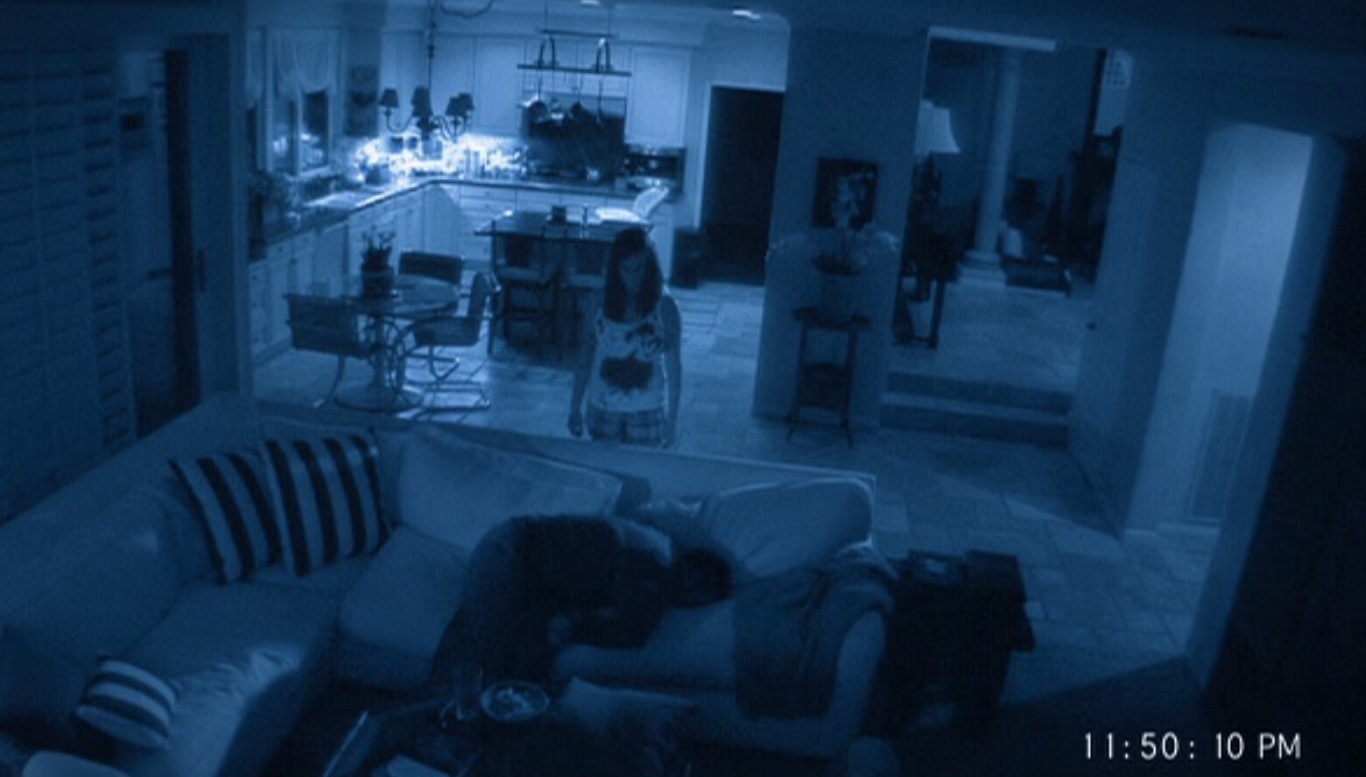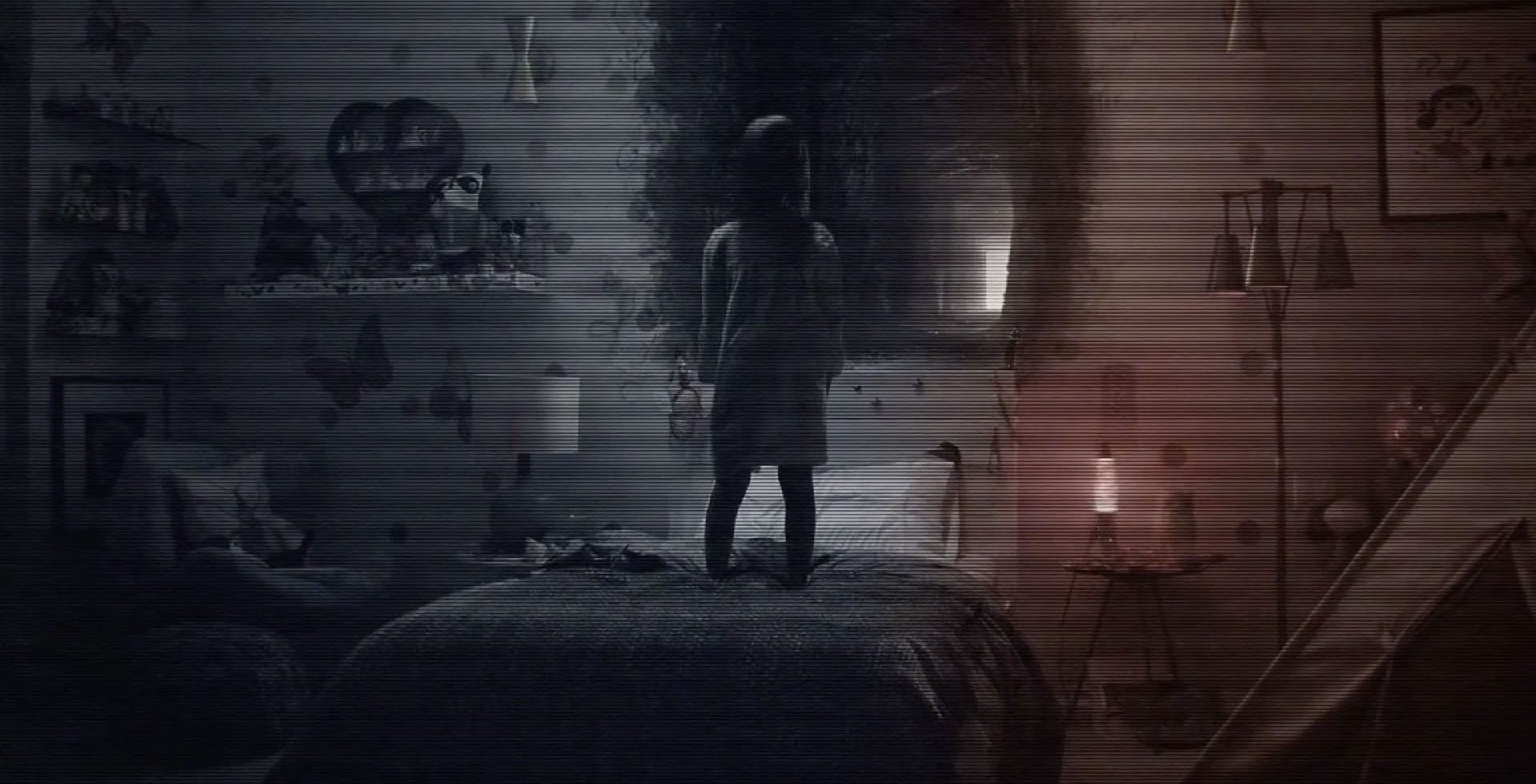Have you ever felt that eerie sensation, like something—or someone—is watching you, even when you're all alone? Well, let's dive into the world of paranormal activity and see if it’s all just a figment of our imagination or something far more real than we care to admit. The term "paranormal activity" has been tossed around in movies, TV shows, and even real-life stories for decades. But is there any truth to it? Or is it just Hollywood's way of scaring us for fun?
Let’s face it, ghost stories have been around for centuries. Passed down from generation to generation, these tales keep us glued to the edge of our seats. Whether it’s an old haunted house, a mysterious object moving on its own, or even that creepy feeling of being touched by an invisible hand, the idea of paranormal activity continues to intrigue and terrify us. But is it all just superstition, or is there something more to it?
Before we jump into the deep end of this supernatural pool, let's set the record straight. We're not here to scare you (well, maybe a little), but to explore the science, history, and personal accounts that might just give us a glimpse into the world beyond what we can see. So, buckle up, because we're about to uncover some truths—and maybe a few lies—about whether paranormal activity is real or just a bunch of hokum.
Read also:Drow Names Bg3 A Deep Dive Into The Shadowy World Of Forgotten Realms
What Exactly is Paranormal Activity?
Alright, first things first. Paranormal activity refers to any event or phenomenon that cannot be explained by conventional science. Think ghosts, poltergeists, UFOs, psychic abilities, and other unexplained occurrences. It’s like stepping into a world where the rules of physics and logic don’t quite apply. But here’s the kicker—just because we can’t explain it yet, doesn’t mean it’s not real.
Paranormal activity isn’t just about ghostly apparitions floating around your bedroom. It includes a wide range of experiences, from hearing strange noises in an empty house to objects moving on their own. Some people even claim to have encountered extraterrestrial beings or experienced out-of-body experiences. So, is it all just a bunch of stories, or could there be some truth behind these claims?
Types of Paranormal Activity
Not all paranormal activity is the same. Here’s a quick breakdown of the most common types:
- Ghostly Apparitions: The classic image of a ghost floating around in a white sheet. These are spirits of deceased individuals who are believed to haunt certain locations.
- Poltergeists: These are mischievous spirits that like to cause chaos by moving objects, making loud noises, or even physically interacting with people.
- UFO Sightings: Unidentified flying objects that have been reported by people all over the world. Some believe these are extraterrestrial visitors, while others think they’re secret government experiments.
- Psychic Phenomena: This includes things like telepathy, clairvoyance, and precognition—basically, the ability to perceive things beyond the normal senses.
Is There Scientific Evidence for Paranormal Activity?
Now, let’s talk science. The question on everyone’s mind is, “Is there any proof that paranormal activity is real?” The short answer? It’s complicated. While there are plenty of personal accounts and anecdotal evidence, scientific proof is still up for debate.
Some researchers have tried to study paranormal phenomena using scientific methods. For example, ghost hunters often use equipment like EMF detectors and thermal cameras to try and capture evidence of spirits. But here’s the thing—most of this evidence is subjective and can often be explained by natural phenomena. That doesn’t mean it’s all fake, though. It just means we haven’t figured out how to measure it yet.
Case Studies and Investigations
There are countless case studies and investigations into paranormal activity. One of the most famous is the Amityville Horror case, where a family claimed to experience terrifying events in their home after moving in. Another famous case is the Enfield Poltergeist, where a family in England reported objects moving on their own and even levitating furniture.
Read also:Lo Guess What Heres The Real Deal On Latoya Tonodeo Height And Why It Matters
But here’s the kicker—many of these cases have been debunked or questioned by skeptics. That doesn’t mean they didn’t happen, but it does mean we need to approach them with a healthy dose of skepticism. After all, just because something can’t be explained doesn’t mean it’s paranormal.
Historical Accounts of Paranormal Activity
Paranormal activity isn’t just a modern phenomenon. People have been reporting strange occurrences for centuries. In fact, many ancient cultures believed in spirits, ghosts, and other supernatural beings. The Egyptians, for example, believed in the afterlife and often buried their dead with items they thought they would need in the next world.
Even in more recent history, there are plenty of accounts of paranormal activity. The Salem witch trials in the late 1600s were fueled by beliefs in witchcraft and supernatural powers. And let’s not forget the famous story of the Bell Witch, a haunting that took place in Tennessee in the early 1800s.
Myths and Legends
Every culture has its own set of myths and legends surrounding the paranormal. From the Greek myths of Hades and the underworld to the Native American stories of spirits and ghosts, these tales have been passed down for generations. But are they just stories, or could they be based on real events?
Some researchers believe that many of these myths and legends could have been inspired by real-life experiences. After all, before science could explain natural phenomena, people often attributed strange occurrences to supernatural beings. So, while the details might have been exaggerated over time, there could be a kernel of truth at the heart of these stories.
Personal Accounts and Testimonies
One of the most compelling arguments for the existence of paranormal activity is the sheer number of personal accounts and testimonies. People from all walks of life have reported experiencing strange phenomena, from hearing footsteps in an empty house to seeing shadowy figures in the corner of their eye.
But here’s the thing—just because someone says they experienced something doesn’t mean it’s true. Our brains are incredibly powerful, and they can sometimes play tricks on us. That’s why it’s important to approach these stories with a critical eye and consider other explanations, like sleep paralysis or psychological factors.
Common Themes in Personal Accounts
Despite the differences in individual experiences, there are some common themes that pop up in personal accounts of paranormal activity:
- Unexplained Noises: Many people report hearing strange noises, like footsteps, knocking, or whispering, when there’s no one else around.
- Object Movement: Objects moving on their own or appearing in different places is a common theme in paranormal stories.
- Physical Sensations: Some people claim to feel a cold breeze, a touch, or even a presence in the room with them.
Psychological Explanations for Paranormal Activity
Before we jump to the conclusion that paranormal activity is real, let’s consider some psychological explanations. Our brains are wired to find patterns and make sense of the world around us. Sometimes, this can lead to misinterpretations of normal events. For example, hearing a creak in an old house might be interpreted as a ghostly presence, even if it’s just the building settling.
Another common psychological factor is sleep paralysis. This is a condition where a person wakes up but is temporarily unable to move or speak. It’s often accompanied by vivid hallucinations, which can be mistaken for paranormal experiences. While it’s a scary experience, it’s completely natural and not related to the supernatural.
How Our Brains Trick Us
Our brains are amazing machines, but they’re not perfect. They can sometimes trick us into seeing or hearing things that aren’t there. This is known as pareidolia, where we see patterns or faces in random objects. For example, have you ever seen a face in a cloud or a piece of toast? That’s pareidolia in action.
Another factor is confirmation bias, where we tend to focus on information that supports our beliefs and ignore evidence that contradicts them. If you already believe in ghosts, you might be more likely to interpret strange noises or shadows as paranormal activity, even if there’s a logical explanation.
Pop Culture and the Paranormal
Let’s not forget the role pop culture plays in shaping our perceptions of paranormal activity. Movies like "The Conjuring," "Paranormal Activity," and "Insidious" have made ghosts and supernatural beings a staple of modern entertainment. But how much of what we see on screen is based on reality, and how much is just Hollywood drama?
While some of these movies are inspired by real-life events, many are heavily dramatized for effect. That doesn’t mean they’re not entertaining, but it does mean we should take them with a grain of salt when it comes to understanding the paranormal.
The Impact of Media
Media has a powerful influence on our beliefs and perceptions. When we see ghosts and supernatural beings portrayed in movies and TV shows, it can shape how we interpret our own experiences. For example, if you’ve watched a lot of horror movies, you might be more likely to attribute strange noises in your house to paranormal activity, rather than a more mundane explanation like a loose pipe or a drafty window.
That’s not to say that all paranormal experiences are just the result of media influence, but it’s important to consider how our cultural context can affect our perceptions.
Conclusion: Is Paranormal Activity Real?
So, after all this, is paranormal activity real? The truth is, we may never know for sure. While there are plenty of personal accounts and anecdotal evidence, scientific proof is still elusive. That doesn’t mean it’s not real, though. It just means we need to approach the subject with an open mind and a healthy dose of skepticism.
Whether you believe in ghosts, spirits, or other supernatural beings, one thing is certain—paranormal activity continues to captivate and terrify us. So, the next time you hear a strange noise in the middle of the night, take a deep breath and consider all the possibilities. It might just be the wind—or it might be something far more mysterious.
What do you think? Do you believe in paranormal activity, or do you think it’s all just a bunch of hokum? Leave a comment below and let us know your thoughts. And if you enjoyed this article, don’t forget to share it with your friends and check out our other articles on all things spooky and supernatural. Happy haunting!
Table of Contents


